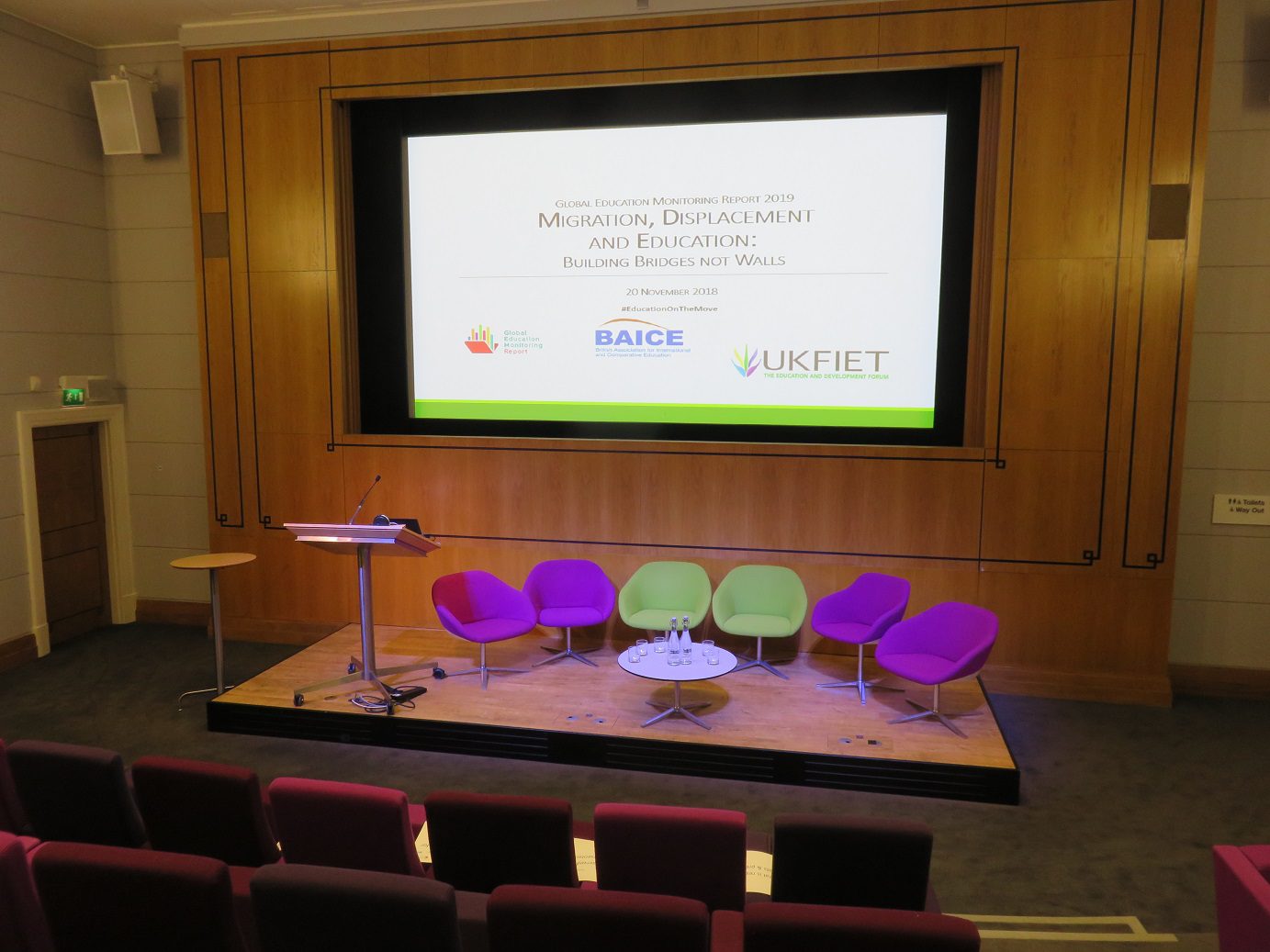This blog was written by Anja Nielsen, Senior Policy and Advocacy Advisor, Education and Youth at Unicef UK.
In reading UNESCO’s new briefing Meeting Commitments: Are Countries on Track to Achieve SDG4?, I was struck by one sentence in particular. As the briefing draws to a close, it notes that ‘the generation that should finish secondary school by 2030 is now entering school.’ And yet, progress has stagnated, commitments are going unmet, and the education community lacks a global action plan. This brought home to me a key concern – where is our, the education community’s, sense of urgency?
UNESCO’s briefing sets out the stark reality of global progress on education. It notes that on current trends the number of children out of school around the world will drop by less than 40 million by 2030, leaving 14% of children and youth, or 225 million, out of school. Frustratingly, the out-of-school rate for primary-aged children has not changed drastically since 2008 – that is to say, in roughly the last decade.
Furthermore, on the current trajectory, the upper secondary school completion rate will only hit 60% by 2030, leaving millions of young people without the skills and opportunities promised through the Sustainable Development Goals (SDGs). Gaps in delivering education for sustainable development and persistent economic disparities are similarly worrying.
Those left out of education are precisely those who the SDGs were seeking to support through the pledge to leave no one behind. This commitment has not, however, come to fruition. With little more than ten years left to drastically change the trajectory of education for millions of children and young people around the world, there is little sense that we will achieve the SDGs. Nearly a third of the way to 2030, we should be energised. Instead, we are in a sleepy pattern that will see us fall far short of our goals.
This is not to suggest that no progress has been made, and the focus on education for girls, children with disabilities, and children caught up in conflict and crisis exhibited in recent years is welcome. However, we must urgently address the gaps that remain, and in some instances are growing, in education for children around the world if we are to achieve SDG4.
To do so, countries must increase funding, both domestically and internationally, to close the estimated US$39 billion annual financing gap. This involves reversing the stagnation in aid to education and at the same time improving domestic resource mobilisation. Countries must also ensure education plans match commitments made, and more data is needed to monitor and track progress on the delivery of the SDGs. This must be disaggregated but also address the intersectional nature of children’s identities. It is not an easy ask, but it is a necessary one. We know the importance of education; in opening doors and opportunities for all children and young people, as well as its role in enabling the achievement of all the SDGs. Unicef, among others, is advocating and supporting governments to get all children learning. But we need everyone on board.
Above all, however, we need a sense of urgency. The global community made a promise in 2015. The clock is ticking, the next generation is watching, and now is the time to deliver.





